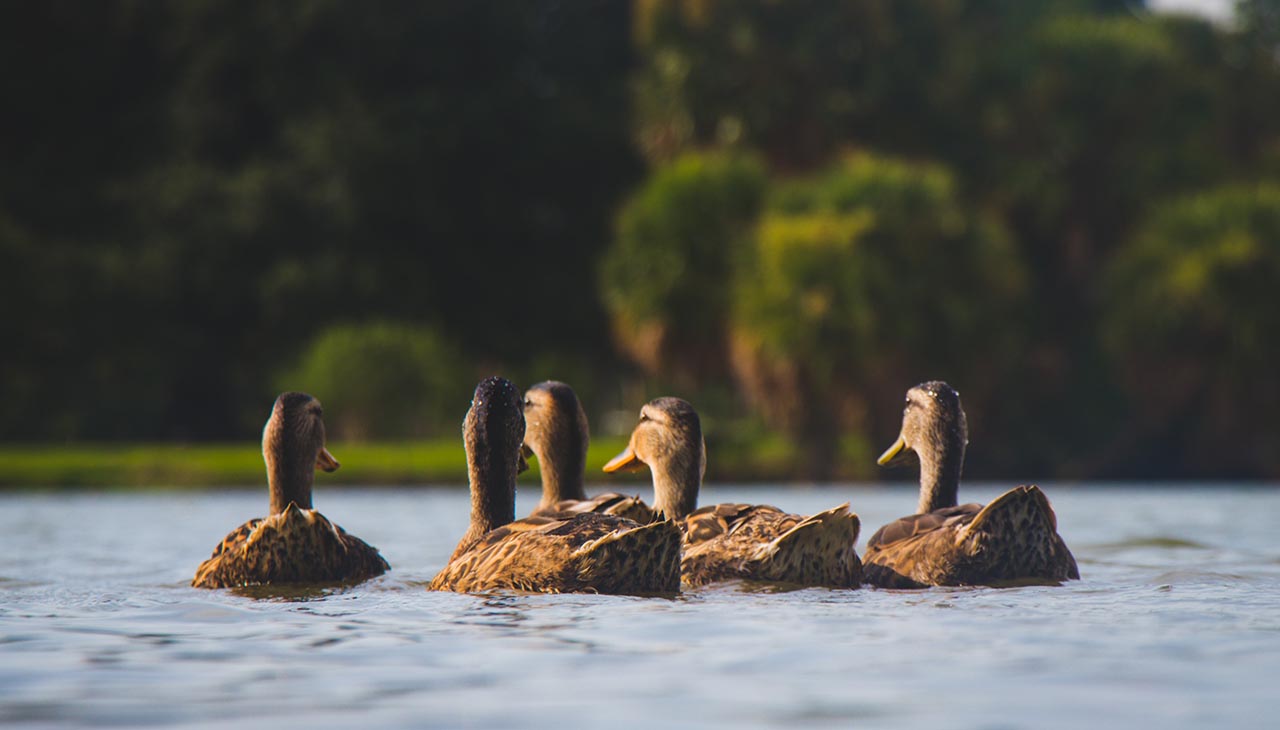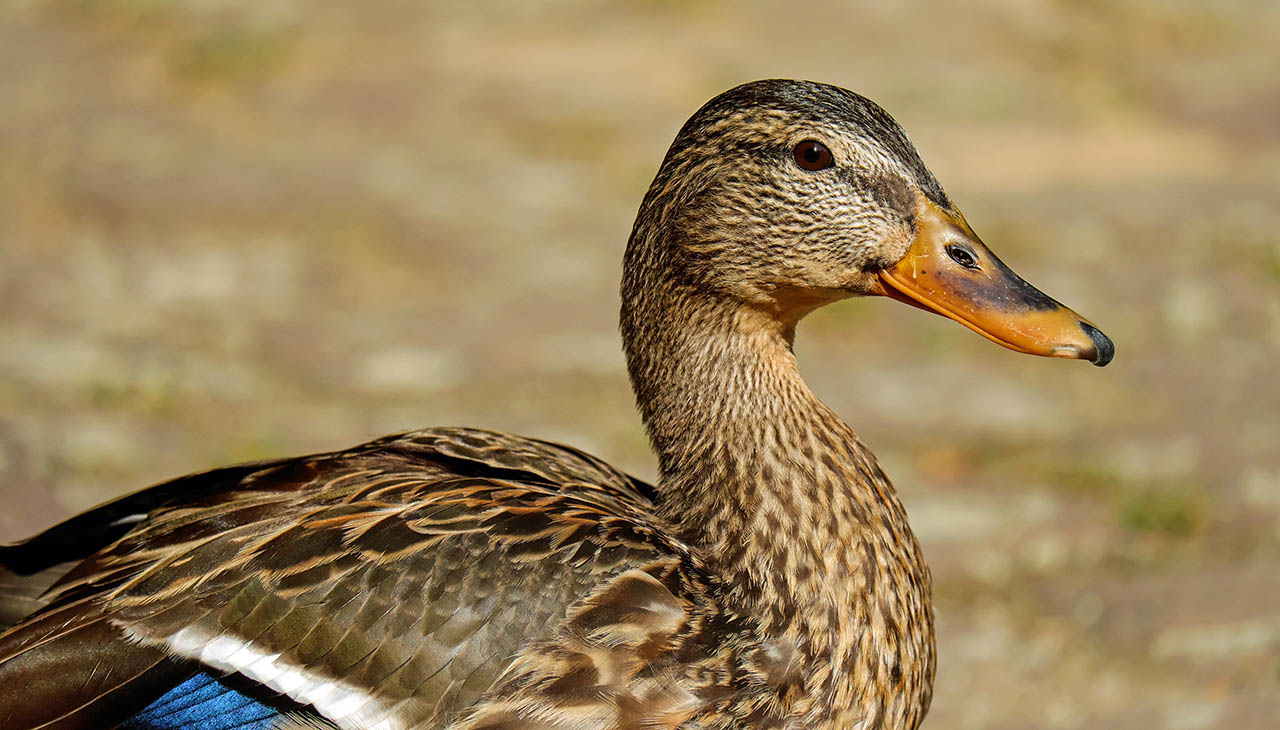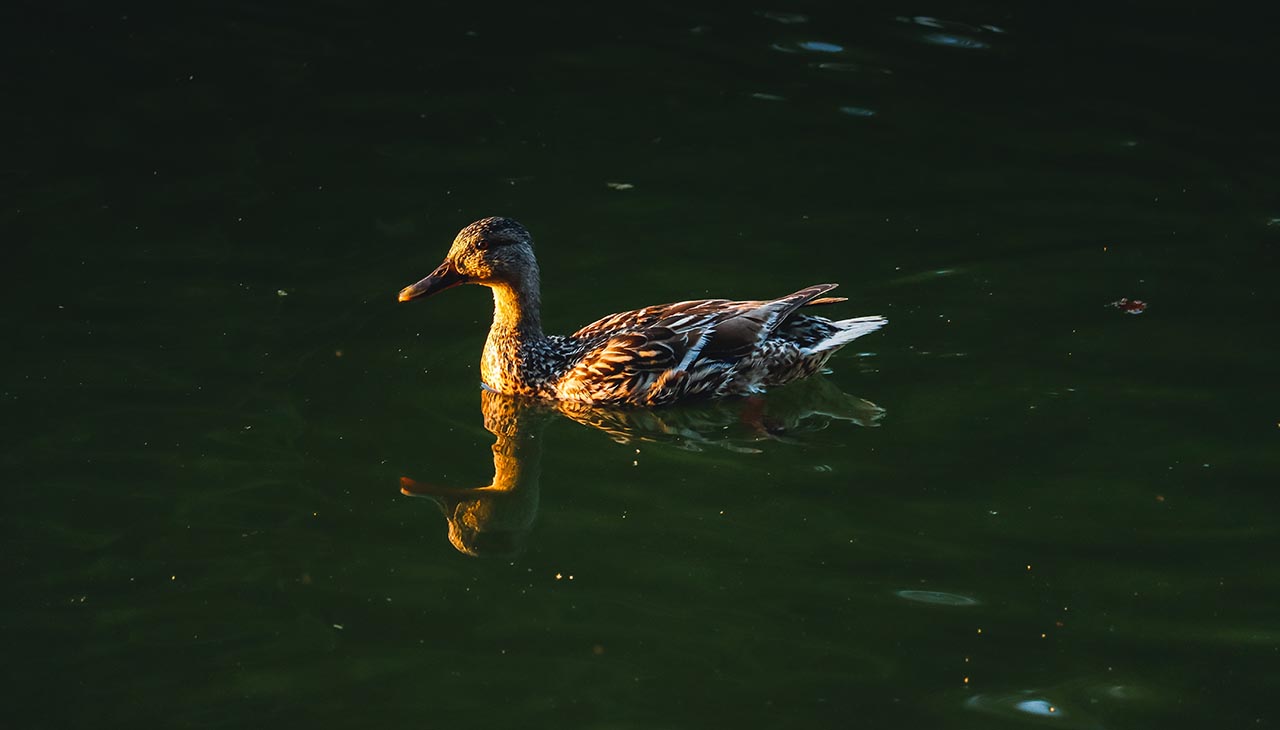Understanding Shot Sizes for Ducks and Geese
Choosing the correct shot size for waterfowl hunting is crucial to effective game retrieval. The right shot size can mean the difference between a clean kill and an injured bird. This guide aims to provide an in-depth understanding of the various shot sizes suitable for ducks and geese, taking into consideration factors such as bird size, distance, and shooting conditions. Let’s get started on ensuring that your next hunting expedition is successful and ethical.
Shot Size Guide for Ducks
When hunting ducks, smaller shot sizes (#4, #5, #6) are typically utilized for their higher density, providing a greater chance of hitting the bird. These shot sizes are ideal for small to medium-sized ducks. However, for larger ducks or longer distance shooting, a larger shot size like #2 or #3 might be more effective, as they carry more weight and can deliver a lethal blow from afar. It’s essential to consider the type of duck and hunting conditions when choosing your shot size to ensure a clean and ethical kill. Please remember, that local regulations may also dictate permissible shot sizes, so always verify with local laws before making your selection.
Shot Size Guide for Geese
When hunting geese, larger shot sizes are generally preferred due to the larger size and stronger build of these birds. #BB, #1, and #2 shot sizes are typically employed, as they possess the needed weight and power to penetrate the tough feathers and vital organs of a goose. For greater success in hunting larger geese or at longer distances, consider the heavier #T or #BBB shots. As always, the selection of shot size should take into account the goose species, distance of the shot, and current hunting conditions. Furthermore, adherence to local hunting regulations is crucial; make sure to verify permissible shot sizes in your area to promote responsible and ethical hunting.
Factors to Consider when Choosing Shot Sizes
When choosing shot sizes, several key factors ought to be taken into account to ensure a successful, ethical hunting experience.
- Distance: The range at which you plan to shoot is a significant determinant of your shot size. For closer ranges, smaller shot sizes can be effective, while longer ranges necessitate larger shot sizes due to their greater weight and ability to maintain lethality over a longer distance.
- Bird Size: Consider the species and size of the bird you’re hunting. Larger birds, like geese, generally require larger shot sizes to penetrate their robust feathers and reach vital organs, while smaller birds such as ducks can be hunted effectively with smaller shot sizes.
- Hunting Conditions: Environmental factors such as wind speed and direction can affect the trajectory and effectiveness of your shots. In windy conditions, a larger shot size might be more effective due to its weight and stability in flight.
- Local Regulations: Always check and adhere to your local hunting laws and restrictions, which may dictate permissible shot sizes and types.
By carefully considering these factors, you can select the shot size that will maximize your chances of a clean, ethical kill.
Conclusion
In conclusion, understanding and selecting the appropriate shot size for waterfowl hunting is a nuanced process that requires consideration of various factors. Bird size, shooting distance, hunting conditions, and local regulations all play a pivotal role in this decision. Ultimately, a thoughtful choice can contribute to a successful, ethical hunting experience, ensuring clean shots and minimizing potential harm to the bird. Remember, our goal goes beyond just a successful hunt—it’s about maintaining a respectful and sustainable relationship with nature. Happy hunting!




